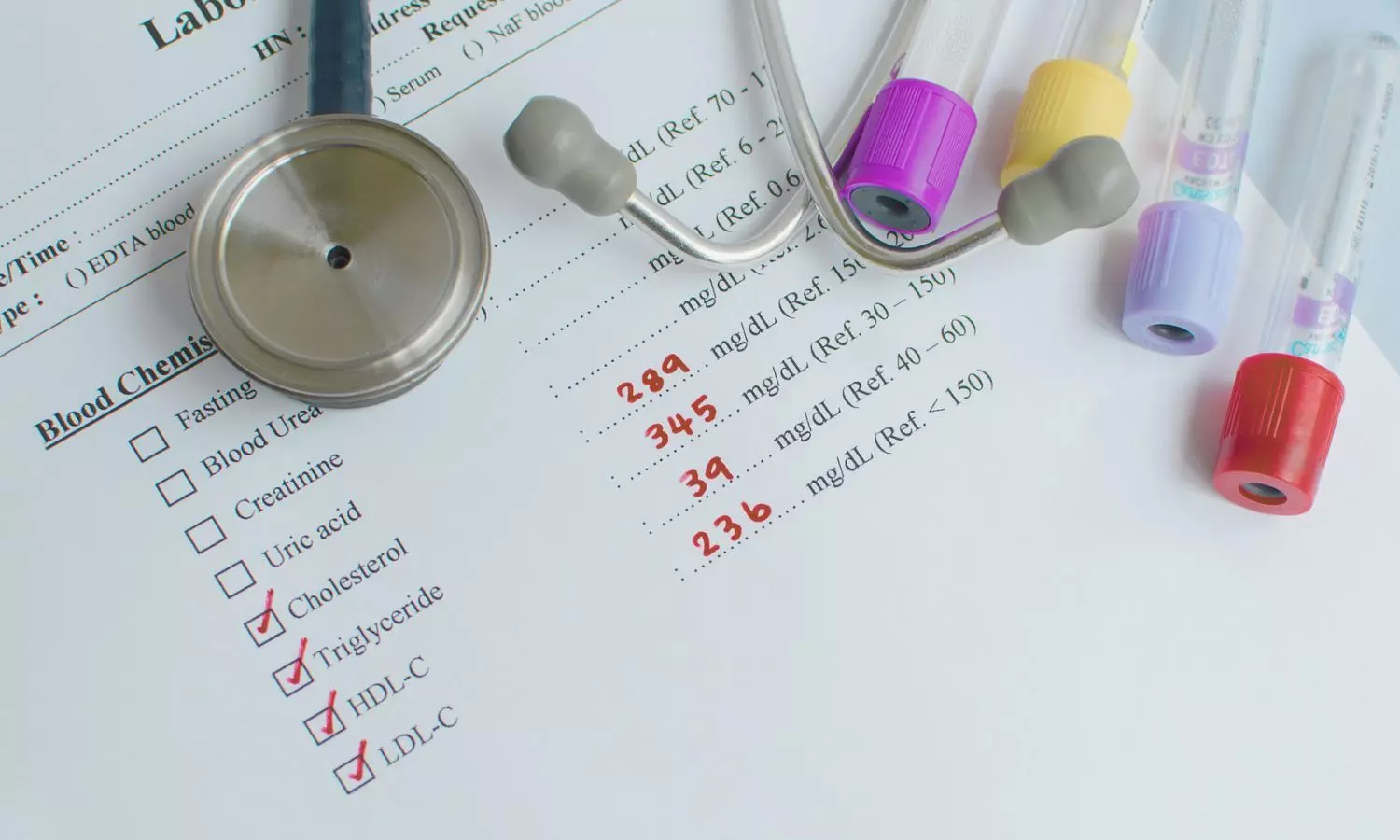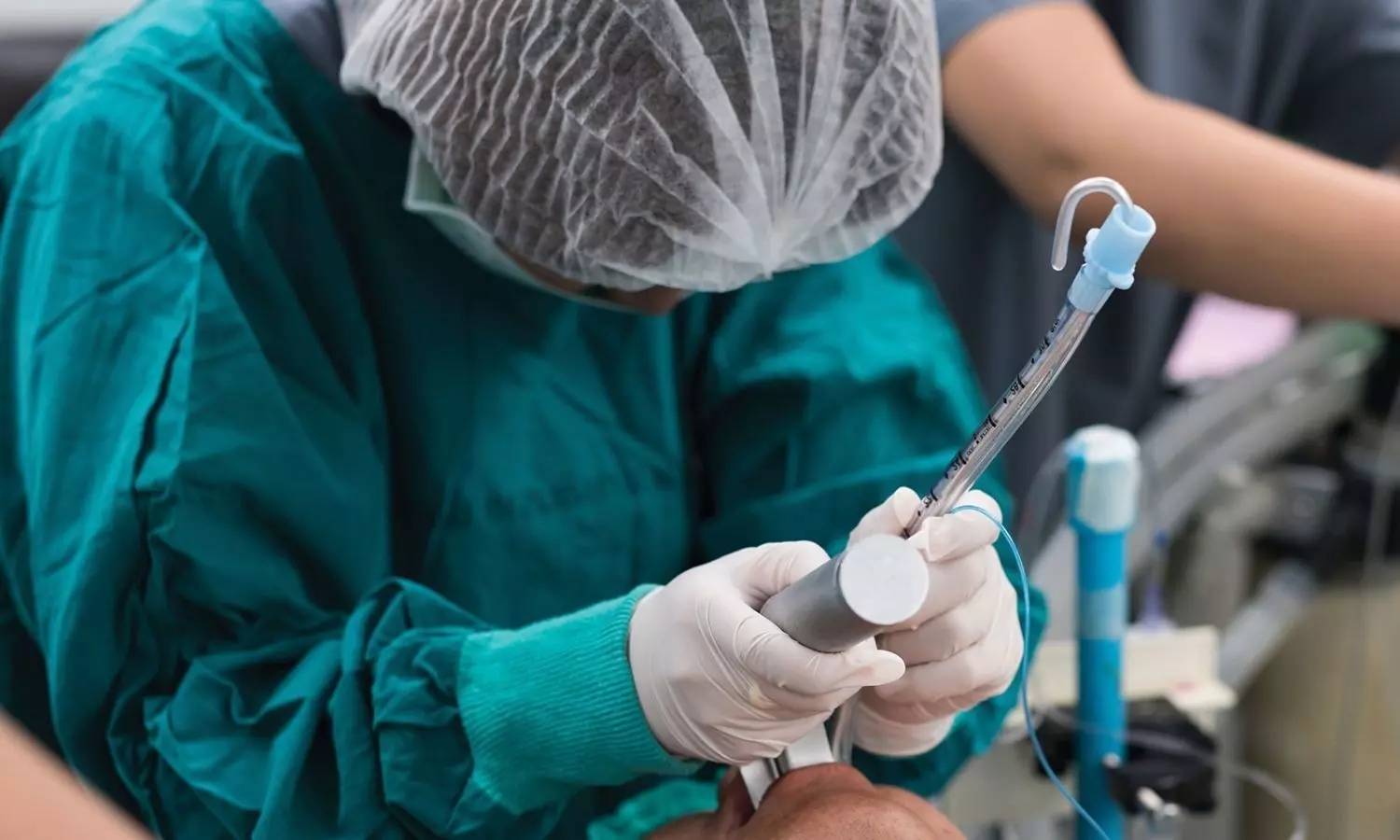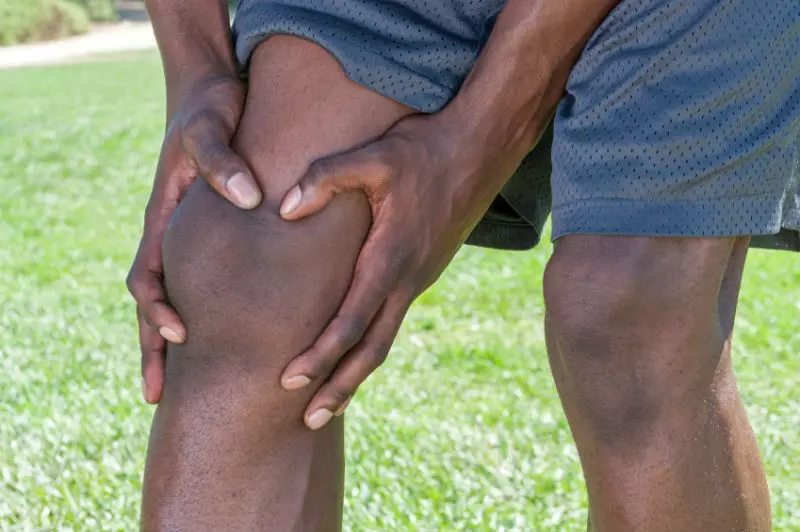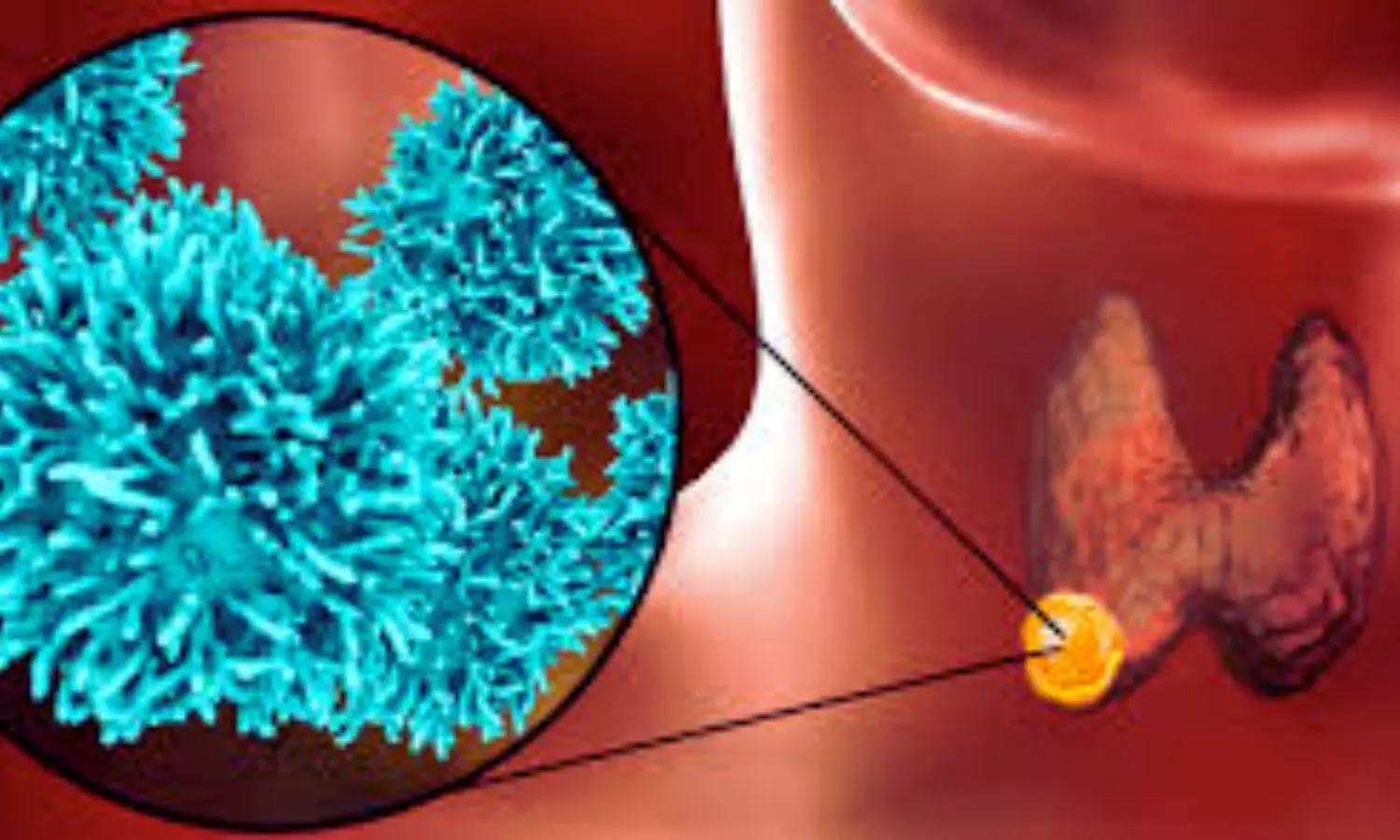TyG-body mass index and TyG-waist circumference may predict ischemic stroke risk, reveals research

A new study published in the journal of Diabetes Research and Clinical Practice revealed that across all glucose metabolism groups, higher triglyceride-glucose (TyG) indices, like TyG-body mass index (TyG-BMI), and TyG-waist circumference (TyG-WC), were linked to an increased risk of ischemic stroke.
Insulin resistance (IR) is a recognized risk factor for ischemic stroke, can be evaluated using triglyceride-glucose (TyG) related indices, such as TyG, TyG-body mass index (TyG-BMI), and TyG-waist circumference (TyG-WC). Early studies have demonstrated the importance of these indices in a number of metabolic conditions, yet, nothing is known about how well they predict ischemic stroke across a range of glucose metabolic states.
Using data from the UK Biobank, this study investigates the association between ischemic stroke risk and baseline TyG-related indicators across a range of glucose metabolic states. Keyu Bian and colleagues wanted to validate the use of these indicators in early identification and intervention for groups at increased risk of stroke through this comprehensive prospective cohort investigation.
Using data from the UK Biobank, this study examined 392,733 individuals who were free of ischemic stroke at baseline and were divided into groups according to the American Diabetes Association’s criteria for normal glucose, prediabetes, and diabetes. Baseline measurements of fasting blood glucose and triglycerides were used to calculate TyG-related indicators. The incidence of ischemic stroke was evaluated by tracking the participants for a median of 14.68 years. The relationships between TyG indices and stroke risk were investigated using Cox proportional hazards models that controlled for clinical and demographic factors.
The findings of this study found ischemic stroke to occur in 8033 patients throughout the follow-up period. In every group with glucose metabolism, higher TyG-related indices were linked to a higher risk of stroke. The highest correlations were shown in the groups with prediabetes and normal glucose.
Across the TyG, TyG-BMI, and TyG-WC index quartiles, the risk of stroke gradually rose. While the TyG-BMI and TyG-WC indices shown considerable predictive power in the prediabetes and normal glucose groups, this study indicated that each unit increase in the TyG index significantly increased the risk of stroke in diabetics.
Overall, the risk of ischemic stroke may be accurately predicted by TyG-related indices, specifically TyG-BMI and TyG-WC, especially in those with prediabetes and normal blood sugar levels. These results highlight the usefulness of TyG indices as instruments for early identification and preventative measures in managing the risk of stroke throughout different glucose metabolism stages.
Reference:
Bian, K., Hou, C., Jin, H., Feng, X., Peng, M., Zhao, X., Yuan, X., Sun, W., Feng, H., & Xu, G. (2025). Association between Triglyceride-Glucose indices and ischemic stroke risk across different glucose metabolism statuses. Diabetes Research and Clinical Practice, 222(112064), 112064. https://doi.org/10.1016/j.diabres.2025.112064
Powered by WPeMatico









